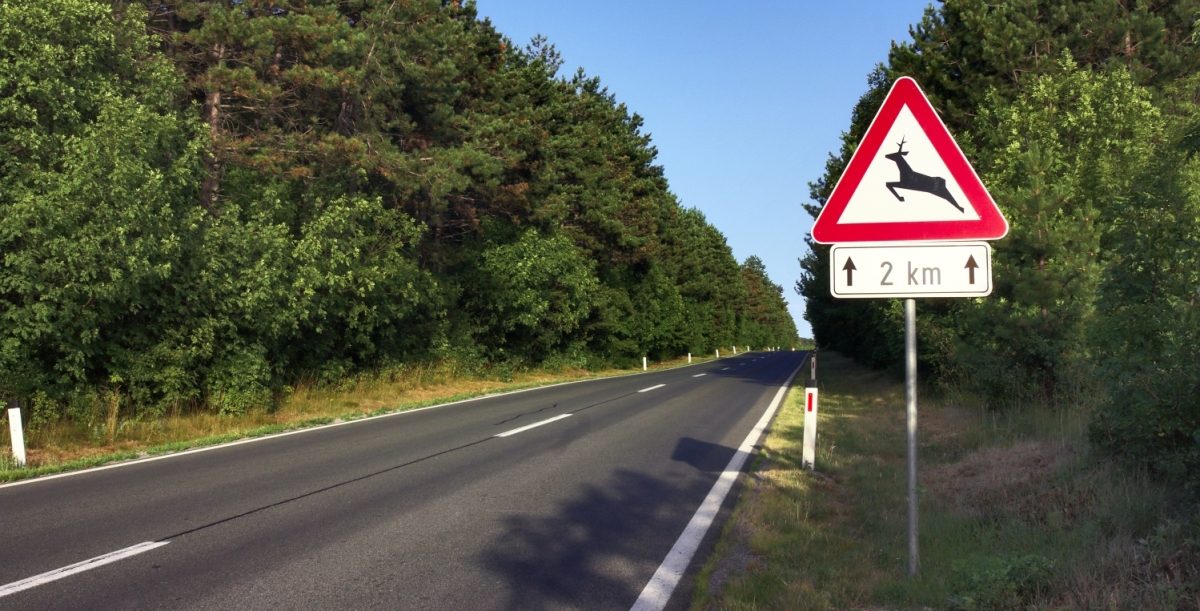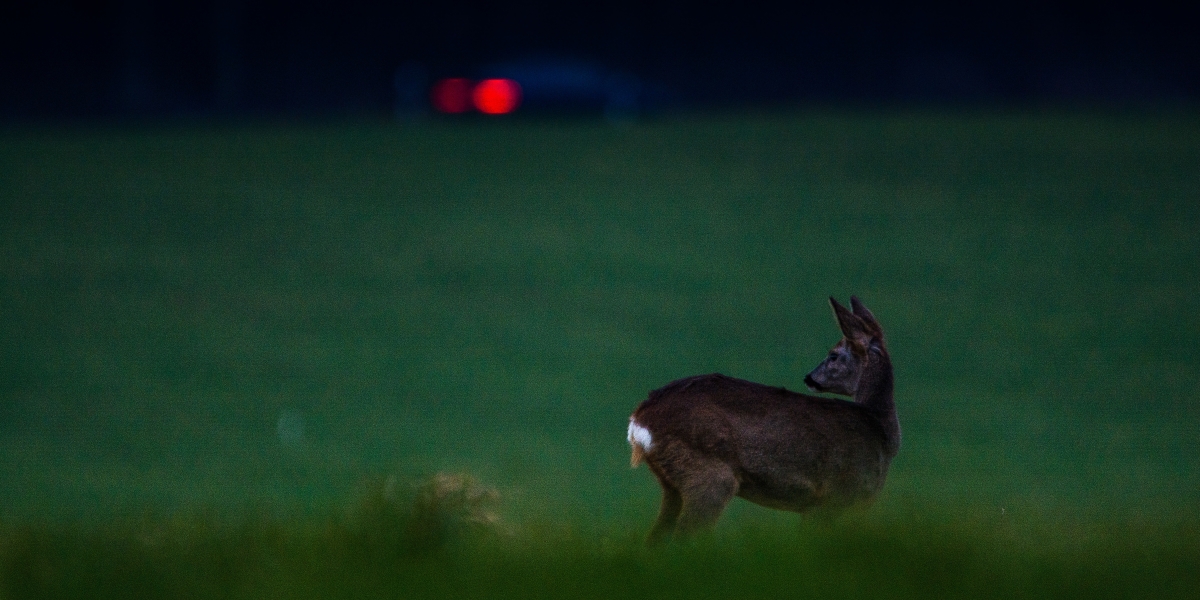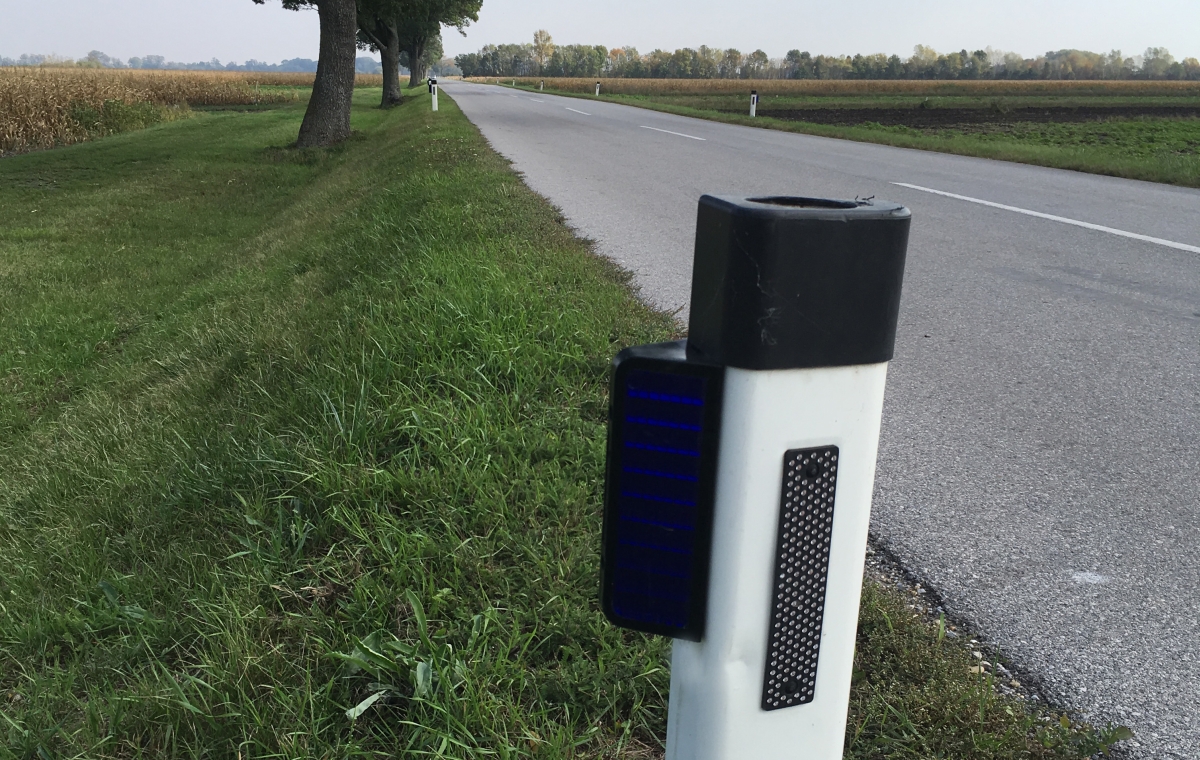Objective testing of wildlife warning devices
Especially in the darker season collisions with wild animals are not uncommon. In the 2018/19 season, more than 75,000 animals perished on Austria's roads. However, wildlife accidents also represent a not inconsiderable risk for car occupants, with around 300 people injured and in some cases killed every year. 92.5% of wildlife collisions occur on open country roads, with category L and B roads being the most affected. Nevertheless, the number of wildlife accidents is decreasing from year to year, in line with a general decline in traffic accident figures and not least due to the increasing use of so-called wildlife warning devices.
Wildlife warning devices to increase traffic safety
Wildlife warning devices are designed to prevent game from crossing a road in front of approaching cars, especially in the dark. These are reflective optical and acoustic devices that send out signals to deter the animals. They should reduce the number of wildlife accidents, increase traffic safety and partially replace cost-intensive construction measures to prevent wildlife collisions (wildlife crossing aids or similar).
Making effectiveness objectively measurable
The wildlife warning devices currently on the market do not have to meet any quality criteria. That is why sometimes very cheap models are used on the streets, but they do not achieve the desired result. The AIT researchers' aim was therefore to develop a measurement laboratory within the framework of the "WiConNET" research project that would provide objective measurement data under comprehensible and reproducible conditions.
Wildlife warning devices measurement laboratory
In the course of the development of the laboratory, the corresponding methods of measuring the individual parameters (e.g. reflectance, tone sequences of the warning tones, light pulses, etc..) were presented in a measurement concept for wildlife warners. Subsequently, appropriately documented measurements were carried out for validation.
For the characterization of optical, passive wildlife warning devices a measurement procedure was demonstrated, which represents the far field reflection image as well as the retroreflection. The measurement setup was designed for easy reproducibility, compactness and the best possible comparability of different wildlife warning devices.
For the characterization of acoustic, active wildlife warning devices a measurement concept was designed, which is based on the regulations of the guideline RVS 04.03.12 and considers the acoustic radiation behaviour of the wildlife warning device.
This enables a comparative assessment of the effectiveness of the tested devices in reducing wildlife accidents by experts such as wildlife biologists. Road maintenance companies and infrastructure operators are thus provided with a valuable decision-making aid for the purchase of wildlife warning devices.
The "WiConNET" project was funded by the FFG and the Federal Ministry of Transport, Innovation and Technology (BMVIT) as part of VIF Call 2016, financed by ASFINAG, ÖBB and the federal states.






